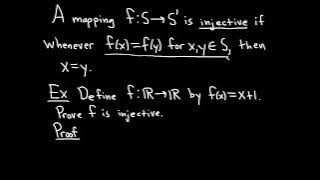PRO (linguistics)
In generative linguistics, PRO (called "big PRO", distinct from pro, "small pro" or "little pro") is a pronominal determiner phrase (DP) without phonological content. As such, it is part of the set of empty categories. The null pronoun PRO is postulated in the subject position of non-finite clauses. One property of PRO is that, when it occurs in a non-finite complement clause, it can be bound by the main clause subject ("subject control") or the main clause object ("object control"). The presence of PRO in non-finite clauses lacking overt subjects allows a principled solution for problems relating to binding theory. Within government and binding theory, the existence and distribution of PRO followed from the PRO theorem, which states that PRO may not be governed. More recent analyses have abandoned the PRO theorem. Instead, PRO is taken to be in complementary distribution with overt subjects because it is the only item that is able to carry null case which is checked for by non-finite tense markers (T), for example the English to in control infinitives. (Wikipedia).



















